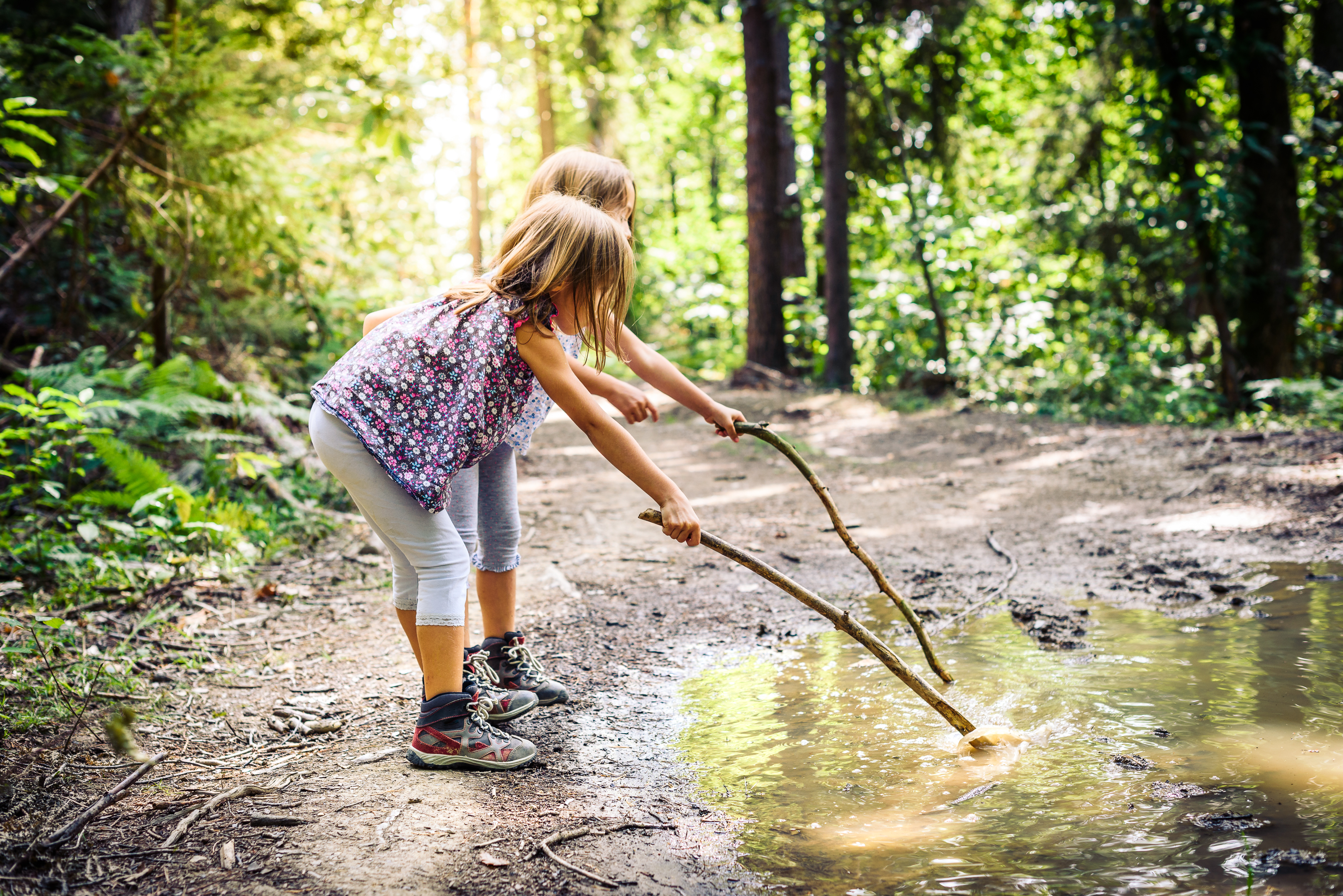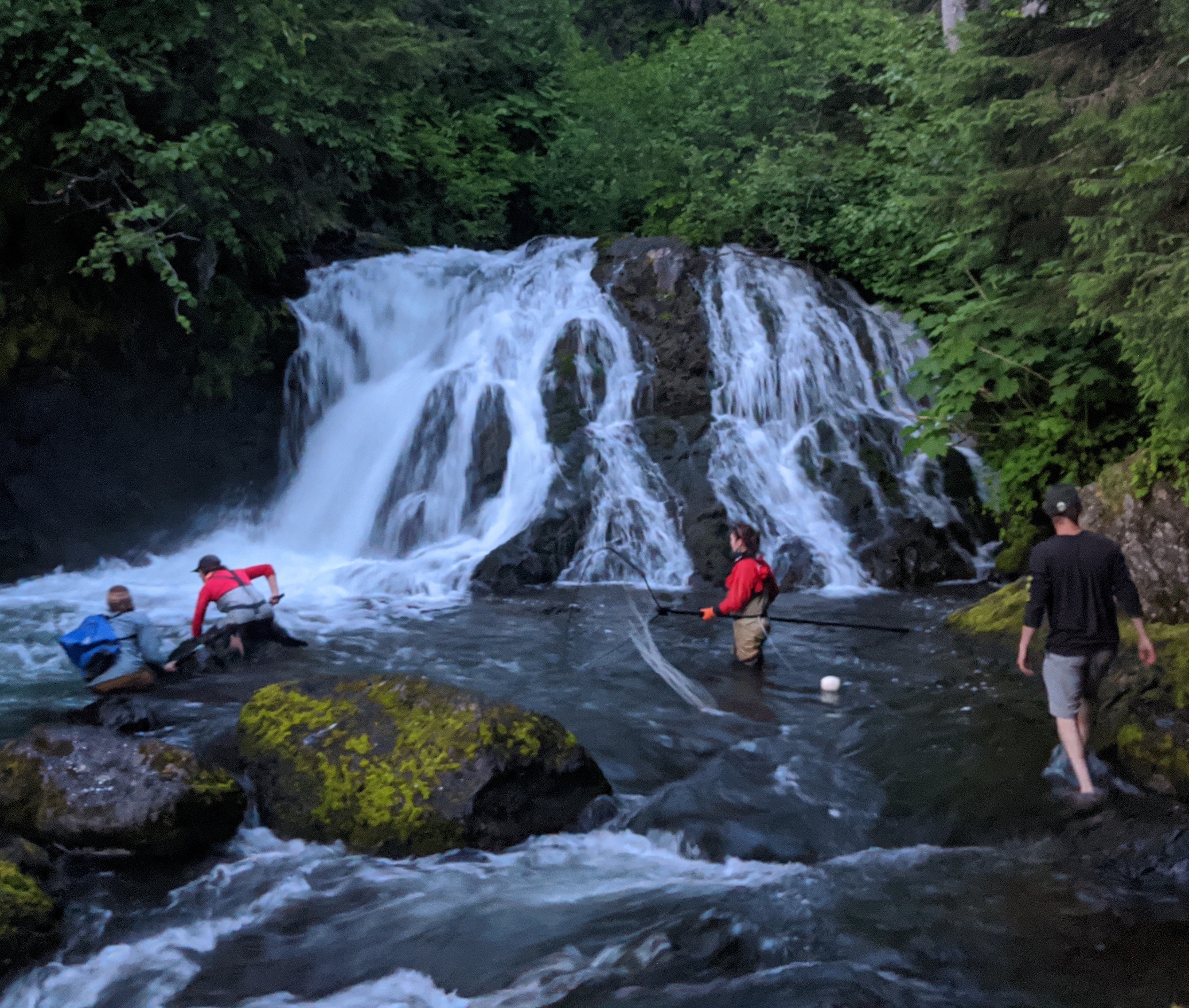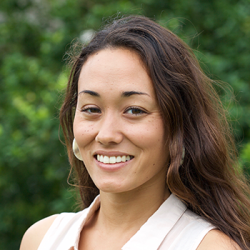
It’s July in Alaska.
We’re greeted by the rushing sounds of the river as the salmon begin to make their journey upstream. The midnight sun looms above, keeping us up at all odd hours of the night. It’s chilly here in the evenings, but the giant mosquitos still come out in full force. This summer is quieter than usual – fewer social gatherings, more time at home, but regardless, there is no denying the lure of the scent of summer in the air.
Last week, my family made our way across the bay in a friend’s boat to try our hand at the local spot for summer dip netting. An Alaskan resident pastime, locals of all ages gathered in the night to dipnet for red salmon, stocking up on food for the summer, fall, and what’s bound to be a long winter.
Sitting in the cold water in my wetsuit, I looked around and took everything in: A family of four, with toddlers dressed in lifejackets playing in the water while their parents took turns dipping for salmon; a group of teenagers taking their catch and passing each fish back to shore to be added to the stringer; a son, about 10, eager to get in on the action as his dad scored three salmon with one dip! The excitement was contagious, yet there was an underlying tone of respect for the place we found ourselves in that night – we were all grateful for the salmon, as they made the last journey of their life at the base of this waterfall.

There is something special about this story and the many stories that come with summer. They are all grounded in place.
When the classroom and school walls come down at the end of the school year, there is a sense of freedom felt by both parents and kids. Whether that freedom is to nest and stay home, or to send the kids out to play, or to travel as a family to explore a place far from home, summer is a signal that there is much to be gained by appreciating the place you find yourself in.
What if this sense of place could continue, beyond “summer” and into the school year, when the boundaries of classroom walls and the routines driven by time return? In Project Based Learning, we often talk about “authenticity.” Is the product authentic? Is the audience authentic? Is the driving question authentic to students? But what can be more authentic than the place you live, and discovering the intricate mysteries and lessons that place has to offer?
Here are 5 ways to consider place when planning a project:
1. Start local, and then go global.
Contextualize the learning goals to the place your students know - whether that’s the school or the community they live in. Then have students make connections between what they know to larger issues and more distant places. For example, a project on local air quality could lead to another project on national or international problems of pollution.
2. Think of outings as “fieldwork” and “field experiences” not “field trips.”
What is the major difference in this language? By calling it fieldwork or an experience, students understand that they are engaging in the learning while in the community, and bringing that learning back to school to connect it back to their projects.
3. Invite experts and community members to be a part of different stages of the project.
There is no one more grounded in place than those that live and work in your community! Rather than waiting until the end of a project, invite community members to be a part of the project. Presenting their expertise, giving and receiving feedback, acting as a client, and hosting field experiences are some of the ways they can be involved. You may also be able to partner with an existing organization’s project to help them in meeting their goals.
4. Check whether a product already exists or if someone is already working on it locally.
Don’t reinvent the wheel when planning a public product for your project! For example, if you want students to plant trees to offset their carbon footprint, look to see if there are any community tree-planting events happening. Planting 5,000 trees alongside the community can have a greater impact in the long run than planting 30 trees on your own that may not survive the next five years.
5. Think beyond the outdoors.
Often, place-based learning gets grouped into similar categories as outdoor learning, hands-on learning, and fieldwork, but it really encompasses so much more. Use “place” as an opportunity to learn from various histories, cultures, people, and methods of learning that make up a community. For example, if students are doing a storytelling project, start with the different oral stories that have been passed down in that community. If the project has to do with the chemistry of plastics, students can take a deeper look at consumerism in their community, and what makes up the majority of microplastics that are found in rivers, lakes, and oceans. Integrating place can be a jumping-off point for engaging all types of student learners into a project, not just those that enjoy being outdoors.
As you reflect on your summer and move into the fall, consider how “place” plays a role in your day-to-day life. How can you replicate that feeling for students throughout the rest of the school year?

